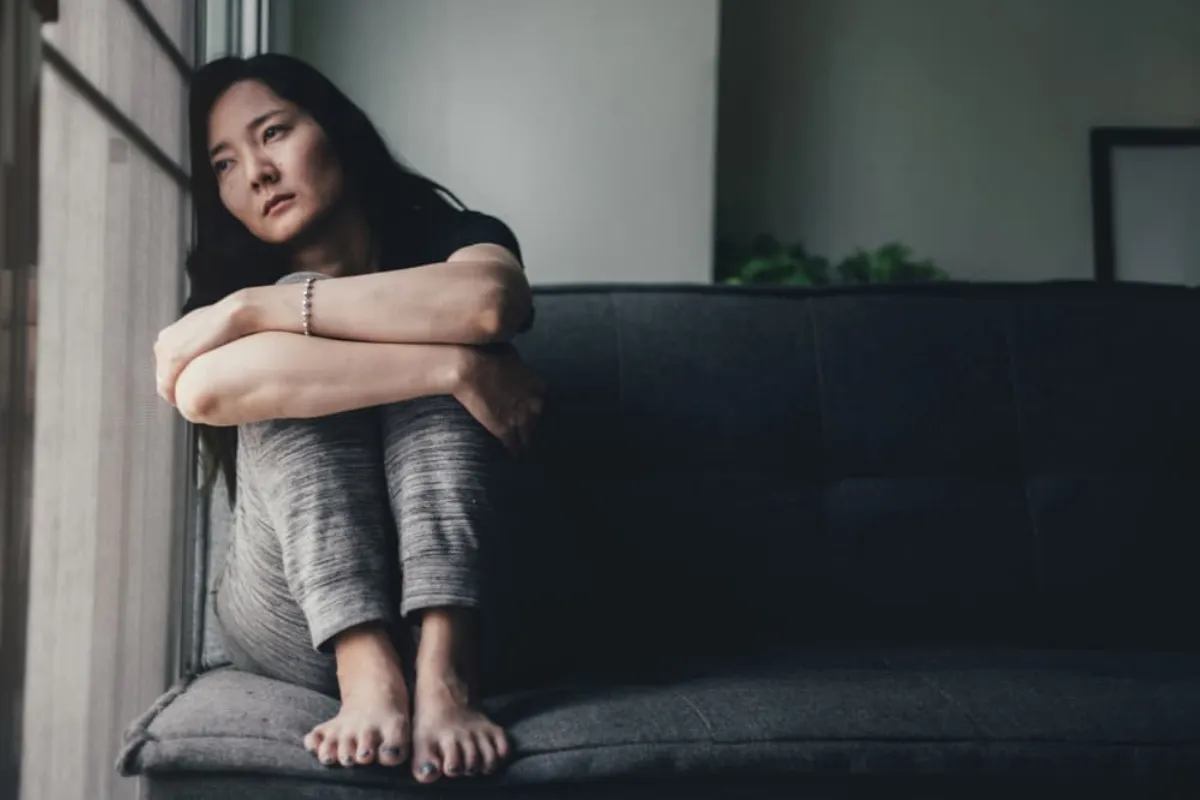We need to understand that abuse in any form, whether physical or emotional, leaves lasting scars, which are hard to heal. Physical abuse is visible but emotional abuse is always hidden behind the doors while messing up the mental health of an individual and causing them long-term trauma. Both physical and mental abuse can harm an individual’s well-being. Now, let’s learn more about emotional and physical abuse and how it impacts an individual.
The Nature of Physical Abuse
Since physical abuse is easily visible, the purpose behind it is to cause harm and pain. People use their force against people who can’t handle it or are comparatively weaker than them. During physical abuse, people either hit with their bare hands or use things to hit and cause as much physical pain as possible. It is a kind of sadism where people get satisfaction by seeing other individuals suffer from pain. Physical abuse causes many mental health issues and disorders.
The Subtlety of Emotional Abuse
Now, emotional abuse, on the other hand, cannot be seen or felt immediately. It is entirely psychological and sometimes the victim doesn’t even realize that they are getting emotionally abused. Emotional abuse comes in many forms such as manipulation or verbal attacks. People who suffer from emotional abuse struggle with extreme mental health issues and their ability to regulate in everyday life. These victims also have a hard time trusting people or initiating interactions with other human beings.
Long-term Psychological Effects
The impact of both physical and emotional abuse is longer than one can imagine. Victims become insecure and stay in a state of fear all the time because they are used to staying in a fight-or-flight mode all their lives. Even if they are free from that environment or do not face these kinds of issues anymore, it doesn’t change anything for them because they don’t know how to regulate normally anymore.
Healing and Recovery
It is important to get therapy to heal from both emotional and physical abuse and unlearn the patterns of trauma so that it doesn’t affect your everyday life anymore. Therapy helps victims to talk about their trauma and suffering openly so that they can easily let out their emotions and get their self-confidence back. It is also important for victims to surround themselves with people who support and understand this matter.
Conclusion
In conclusion, while physical abuse and emotional abuse differ in their states and impacts, both leave long-lasting impacts on victims. Recognizing the signs of each type and understanding their effects is necessary for providing support and intervention. If you want to learn how physical and emotional abuse can influence a person and how one can overcome it despite the hardships, then “Rising Up- A True Story of Childhood Abuse” by Nancy Pusateri is an ideal pick for you. The author shares her own story of survival and urges others who went through a similar scenario never to give up!
Available on Amazon.
